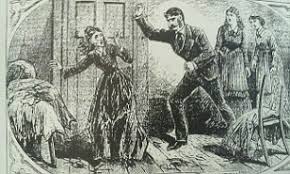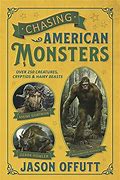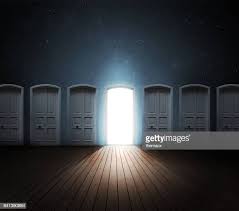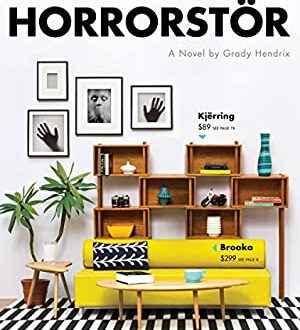
You Got Some Murder in my Pop Culture! Here’s How It Happened.
Murder, of course, could be thought of as an infamous human institution—in Judeo-Christian culture, its importance goes all the way back to Cain. In ancient history, it goes back to the Egyptians and Mesopotamians. In practice, it probably goes back to that fateful dinner when Og wanted the hunk of wooly mammoth Ug was still chewing on, and Og was really, really hungry.
However, in more recent times, murder has become an industry. There are murderabilia shops, biopics and documentaries, and any number of true crime tomes in circulation at any given time. Volumes upon volumes have been penned about Jack the Ripper, Jeffery Dahmer, Charles Manson, and more. The question that lingers in the back of the mind but never gets answered is ‘How did this happen?’
Of course, murder has always been somewhat popular. There have been fictional murderers around as long as there’s been fiction. (Shakespeare, anyone?), but somewhere along the line, we became just as fascinated (perhaps even more so) with the real thing. But, again, how?
Judith Flanders’s The Invention of Murder: How the Victorians Revelled in Death and Created Modern Crime (St. Martin’s Press, 2011) examines how murder truly became the sensation it is today. By limiting her focus to 19th century Britain, Flanders is able to examine several cases in-depth, showing us not just the crimes (and there are some famous ones in here), but how these events affected the popular culture of the time.
Working not only from newspaper reports, but also court records, playbills, chapbooks, and penny dreadfuls, Flanders walks us through the murder, the trial, the chapbooks with the murderer’s ‘confession’ (often written by the producers of the book), and, until mid-century, the very public spectacles of hanging. (Charles Dickens attended a couple of hangings, and was appropriately appalled.)
If she stopped there, we’d be left with an entrancing historical overview of the private and public responses to murders of the era. Happily, she goes much further. Flanders shows us how real-life murders found themselves onstage as loosely adapted melodramas, how they directly led to the founding of Scotland Yard, how they gave rise to literary detectives in the works of Wilkie Collins, Charles Dickens, and many others, all leading to the rise of the first modern literary detective, Sherlock Holmes. “No detail was too small to be turned into fiction” she writes, and promptly gives her evidence of a throat-cutting that found its way into at least two fictional works, by Mrs. Braddock and Conan Doyle.
Flanders writes with a warm, friendly tone, and even shows sympathy for some of the ‘murderers.’ She openly discusses doubt several times, critical of the representation provided by the courts for some of the disadvantaged souls that found themselves in the dock, and has open disdain for at least one judge. As she shows how writers turned fact into fiction, whether in respected works or cheap ‘sensation’ novels, she also delivers us into Victorian England, where we become immersed in that world. In explaining the mechanisms by which popular culture has led so many of us to flock to true crime, she has also written a fascinating true crime book, which is not to be missed.


